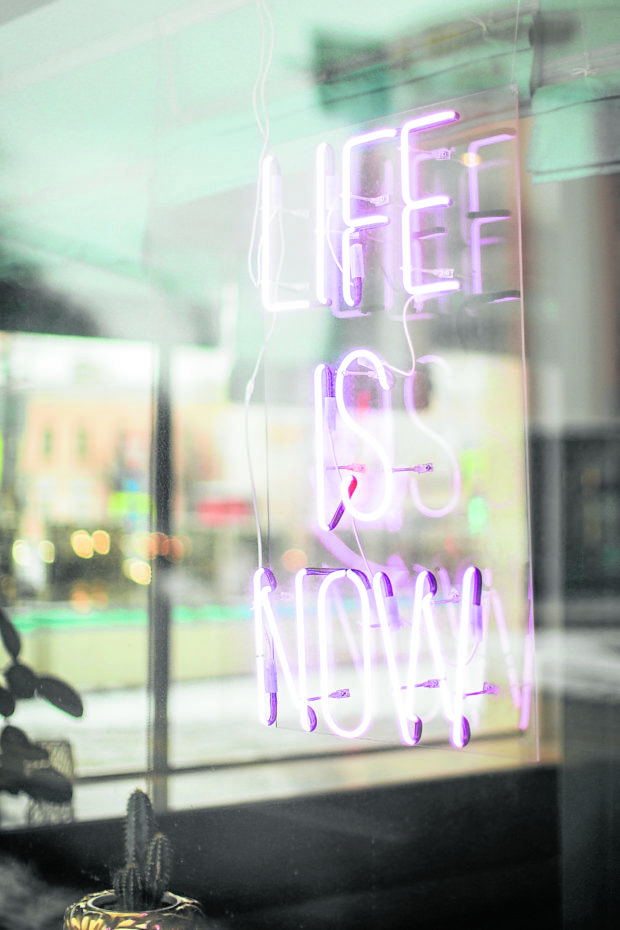When the fight against COVID-19 started a year ago, many businesses and activities had to stop operations to contain the spread of the virus. Back then, a lot of us saw the event as a temporary inconvenience.
A year later, however, the war against the deadly disease continues. It has become evident that curbing the pandemic is taking longer than expected.
A new term has been coined to describe our current situation of unpredictability—the “now normal.” This is a period when we live day to day, not knowing what to expect tomorrow. While the uncertainty might scare us, it is also an opportunity for us to improve our lives for the better.
When it comes to real estate, the now normal has definitely seen changes. Developers have come up with innovative ways to keep businesses running and units selling. Here are some revolutionary ideas in the now normal that show us that despite today’s challenges, we can still pursue our dream properties.
The health movement
When it comes to multi-family dwellings, contactless technologies have become prized assets. Many developers added smart home features in their condominium projects to lessen the need for touching objects and consequently the chance of transmitting pathogens.
Open spaces, green features and daylighting solutions have also been highlighted in upcoming projects. These elements are thought to promote health and wellness, deemed as prized elements in the pandemic era.
Countryside developments
Despite the high-tech measures, it appears that the real estate industry is leaning toward the provincial. According to Colliers associate director Joey Roi Bondoc, cities outside the National Capital Region have become popular among property buyers.
As many realize the importance of fresh air, generous spaces and a healthy environment, they are becoming more open to living outside urban areas. This rising trend has allowed provinces such as Laguna, Cavite and Pampanga to become more developed and progressive. New modes of transportation and improved public facilities have allowed these areas to modernize while retaining their rustic charm.
Digital strategies
Nowadays, it pays to be a techie. From Zoom conferences to video walkthroughs, various technological advancements enable us to connect with people without having to leave our homes.
In the world of real estate, online presentations, digital walkthroughs and virtual consultations have become the norm. Webinars and recorded presentations teach us new things, from decorating our homes to creating virus-free, domestic spaces. These strategies have actually improved our means of communication with agents and developers. Compared to pre-pandemic times, we can say that the world of real estate has become more interconnected and accessible today.
Comprehensive services
Perhaps most importantly, many of today’s developments have been designed to provide holistic services. With many buildings combining residential, office and commercial spaces, the idea of having it all is no longer just convenient—it is safe. Thus, developers have become keen on providing everything that future users might need in a building. While such integrated communities are certainly not new, they have become more widespread than ever.
A better future
The now normal challenges developers to implement radical solutions to solve unprecedented problems. While it is certainly a bummer that the COVID-19 pandemic remains present in our midst, this misfortune has enabled us to re-examine our priorities and make some changes. The real estate industry, in particular, has seen numerous improvements in its services and offerings.
Despite the challenges, the now normal has certainly pushed us to aim for a better future. While it may take some time before we can fully resume our regular lifestyles, the changes that we’ve seen in this era certainly improve our way of living. Let us hope that with these innovations, we will be able to finally overcome the spread of the COVID-19 disease.
Sources:
Lamudi.com.ph, Prweek.com, Vanessa Garcia, Gotta Be Worth It, cottonbro, Elly Fairytale via Pexels.com
